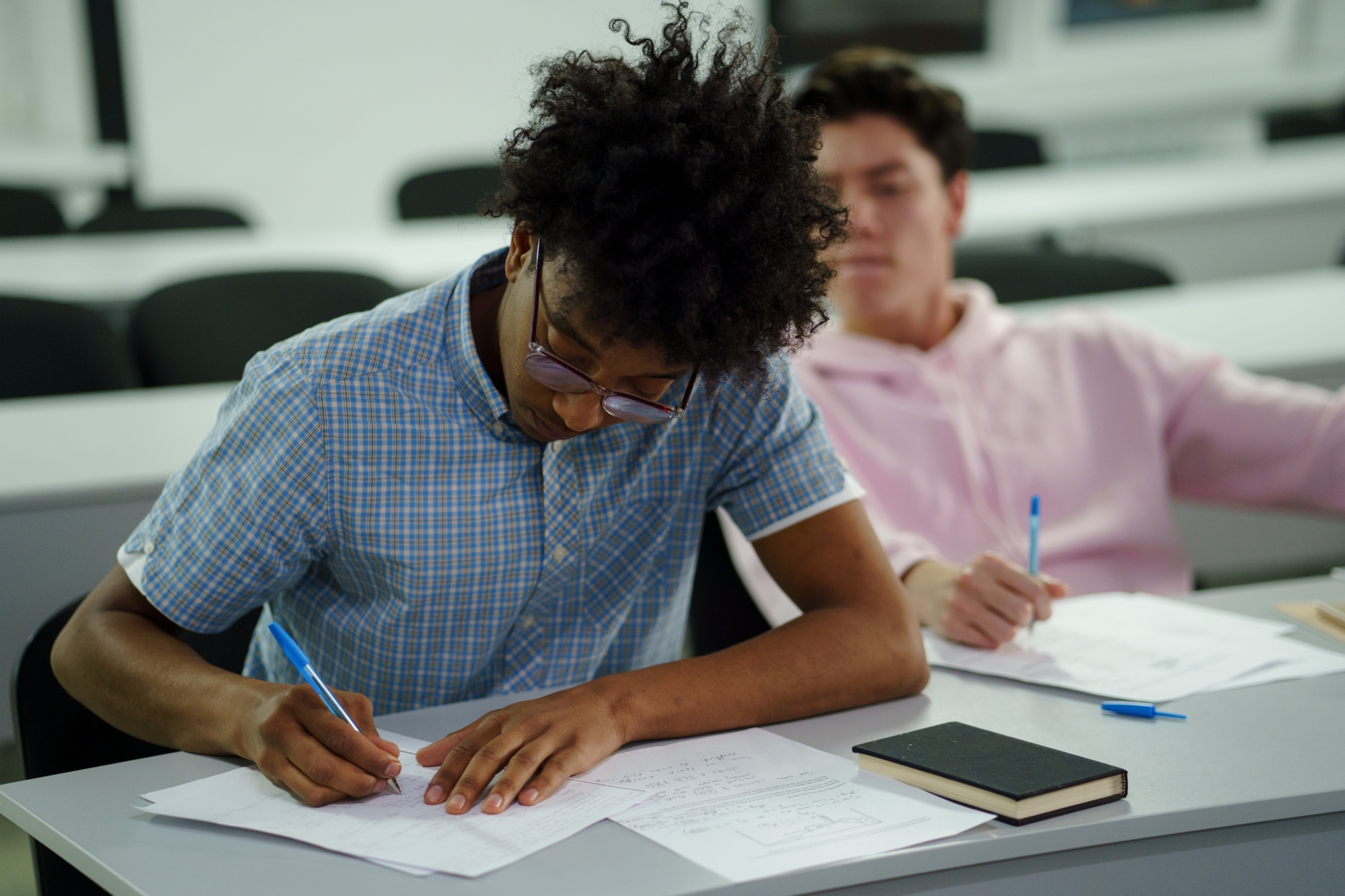All throughout the previous year, we held our collective breaths in hope for a “return to normal,” while recognizing that whatever we returned to would look very different. As school starts this fall, after a year of interrupted learning imposed by the COVID-19 pandemic, our return to school is one that is overshadowed by the learning gaps that our students are experiencing. The stresses and inconsistencies of remote and hybrid learning have increased the demands placed on families and students during the learning process, and our students are returning with greater gaps in learning acquisition than ever.
A study released by PACE earlier this year examined learning loss across the state as a result of the pandemic. While students overall experienced a loss of learning when compared with a year of typical in-person learning, the impact on learning is greater in the earlier grades, and for certain student groups, including English learners and low-income students. The disproportionately greater learning loss for students of color and low-income students as a result of COVID are were also found in a national study conducted by McKinsey, which compared actual learning with expected learning gains from full-time, in-person learning. The team found that while white students experienced the equivalent of three months of lost learning in math and four months in reading on average, Latinx and Black students lost between five to six months. The picture for students with low-income backgrounds is even grimmer, with a predicted seven months’ loss of learning.
While summer learning loss is always a factor in our back-to-school planning, this year, it is imperative that we define a concrete plan to assess the needs of our students and identify appropriate strategies to ensure that each child has the supports they need to feel safe and connected, and the skills they need to access grade-level content and learning. As discussed in Restarting and Reinventing School report published by the Learning Policy Institute, we have a deep body of research on the science of learning to help reshape the way that we might structure classrooms and schools to better address the needs of students as they return this fall. To address the learning gaps our students are returning with, we need to first start with the environment they are returning to, focusing on what we know about the best conditions for learning:
- Developing positive relationships and attachments; ensuring that students feel safe, affirmed, and deeply engaged within a supportive community of learners
- Creating real-world connections between what children already know and what they are learning
- Opportunities for physical activity, joy, and opportunities for self-expression
- Cultivating motivation through confidence; focusing on readiness rather than competition or shame
We also need to build on these conditions and rethink the way in which we support students’ learning recovery as they start school this year. The traditional way we have approached this in schools has been to remediate—focusing on mastery of skills and concepts missed from the prior year(s). But research such as Bellwether’s national study of NAEP performance continue to show that students who start below grade level rarely catch up. Students become stuck in a cycle of remediation—constantly working to catch up to grade level work and often falling further behind. The question we should be asking is, how do we accelerate the pace of learning in order to help our students access grade level content? This doesn’t mean running through all of the missed skills and concepts in less time. Instead, the concept of accelerating learning asks us to identify and support the acquisition of key concepts and skills that are needed to access grade level content.
Educators have always experienced and stepped up to the challenge of how to best tailor instruction to achieve the best possible outcomes for students. With our partners at Copernicus Solutions, CCEE is proud to launch our Playbook for Accelerating Learning (PAL), our latest resource in our series of playbooks to support instructional teams plan for, implement, and refine their strategies to ensure student success in schools. The PAL:
- reviews current research on how best to improve student outcomes,
- lays out models that practitioners can use to accelerate learning in their systems,
- proposes ways in which they can plan with their teams in the pursuit of such goals,
- envisions how their efforts may take place during and beyond the school day, and
- suggests ways in which LEAs can leverage community-based organizations and engage families as partners in the work.
By making these resources available in a concise and actionable format, CCEE hopes to assist instructional leaders in California shorten their preparation period for accelerating learning and promoting the joyful and successful future we envision and deem possible for all our students.
LAUNCH CCEE’S PLAYBOOK FOR ACCELERATING LEARNING
AUTHOR
Sujie Shin, Deputy Executive Director, CCEE
RESOURCES
- CCEE’s Playbook for Accelerating Learning
- Restarting & Reinventing School – Learning Policy Institute (LPI)
